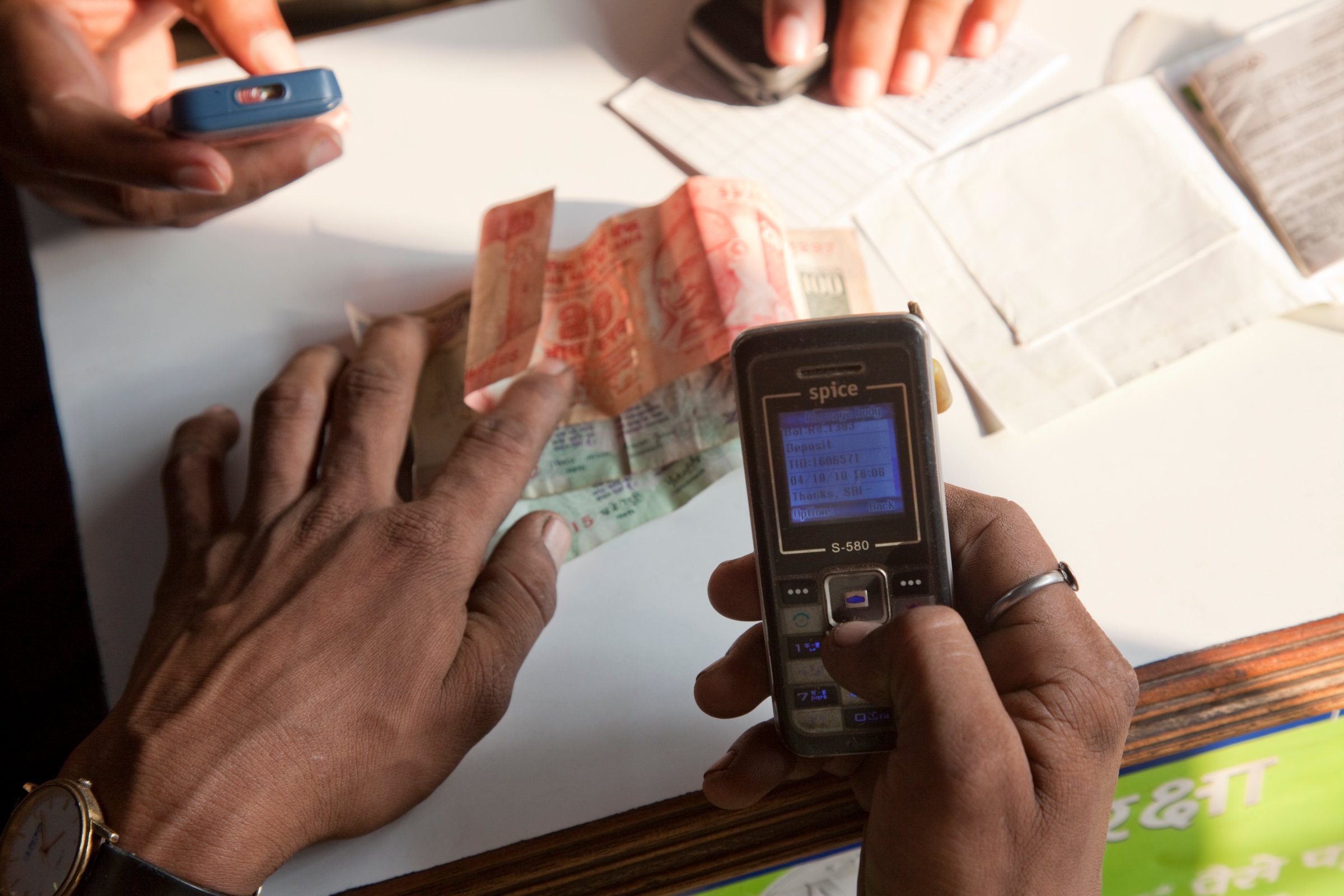
Governments increasingly recognize that connecting their unbanked citizens to basic financial services is a valuable tool for overcoming poverty and driving economic growth. From Kenya and Tanzania, to Jordan and Peru, digital technology and simple mobile phones are opening up opportunities for millions of people by helping them to safely save and manage their money.
The potential is boundless, and yet significant obstacles remain. One of them is the fragmentation of mobile money markets. Globally, there are 60 countries with more than one mobile money service. And typically customers using one service can’t transact with customers using another. This is analogous to having a mobile phone system where you can only communicate with users on the same network.
Thankfully, companies are realizing that this question of interoperability holds the key to market expansion and are taking steps to innovate solutions.
Four of the world’s largest telco system manufacturers — Sweden’s Ericsson, China’s Huawei, Canada’s Telepin and India’s Mahindra Comviva — have put aside their fierce competition and agreed to collaborate, not out of altruism but in order to better compete. Announced at the Innovate Finance Global Summit in partnership with the Bill & Melinda Gates Foundation, who works to bring competitors together to meaningfully address financial inclusion for the poor, these companies are developing a set of “application programming interfaces,” or in plain English, ways of making computers talk to each other. These APIs will create open-source standards for the development of digital financial services that are automatically compatible with each other, lowering costs for providers and increasing the utility of digital financial services for customers overall.
By governing how different digital accounts send and receive money, the APIs can be the basis for a new “internet of payments,” across which individuals, banks, merchants, employers, and governments seamlessly transact. The APIs are still under development, but when they’re complete they will be released as a global public good, available to anyone who wants to invent.
This brings us to the first of two main challenges. Building the internet of payments depends on other businesses — particularly fintech and digital financial providers — taking these APIs and running with them.
This shouldn’t be too hard. Ericsson, Huawei, Telepin, and Mahindra Comviva are signaling the technology promise. They’ll adopt the APIs themselves, setting a precedent for the smaller providers who operate on their systems. The APIs will also help smaller businesses get to scale quickly.
The bigger challenge will be shaping the market. None of the mobile money success stories in the world, from Tanzania to Kenya to the Philippines to Peru, would be possible without thoughtful regulations that strike the balance between managing risk and spurring innovation. The right policies can therefore make a difference in reducing barriers.
For example, many of the world’s mobile money products are offered by mobile network operators. But many countries won’t license mobile operators to provide financial services. This is true even in countries with fairly advanced mobile money regulations. Chile, Egypt, and South Africa enable people to pay bills via mobile, but they don’t permit mobile operators to enter the game.
Expanding the definition of who can provide financial services — to include not only mobile networks but also fintech and other businesses — will make markets more diverse and competitive. It will also mean more options and lower costs for customers. Gone are the days when banks were the only financial providers. To catalyze innovation and impact, we need to move from regulating the institution to regulating the function.
Similarly, regulatory authorities need to update the “know your customer” requirements for opening financial accounts. These requirements include national identification and other documentation important for protecting providers against fraud and money laundering. But many poor people don’t have these documents.
Tiering requirements according to risk will help. In general, the services poor people need are quite simple, with small balances and low risk for providers. Regulators can loosen sign-up requirements for these services and then intensify them as services increase in complexity. In 2011, Mexico instituted a tiered approach that within two years enabled new financial products to enter the market and made it easier for central banks to distribute payments to citizens.
The new APIs for interoperability are the strongest step the private sector has made toward financial inclusion. Moving forward, regulators should respond by better enabling businesses and customers to meet, and transact. Likewise, with room to innovate and lower barriers to entry for the world’s poor, businesses should take this digital blueprint, harness the market opportunity, and build an economy that includes and benefits everyone.
More Must-Reads from TIME
- How Donald Trump Won
- The Best Inventions of 2024
- Why Sleep Is the Key to Living Longer
- Robert Zemeckis Just Wants to Move You
- How to Break 8 Toxic Communication Habits
- Nicola Coughlan Bet on Herself—And Won
- Why Vinegar Is So Good for You
- Meet TIME's Newest Class of Next Generation Leaders
Contact us at letters@time.com